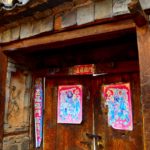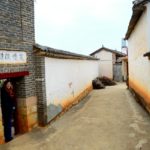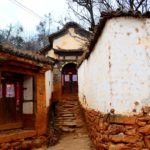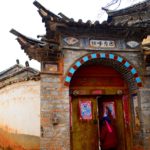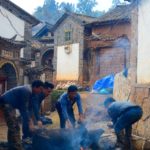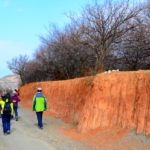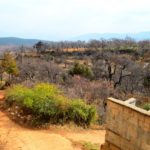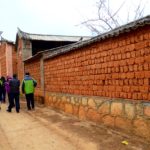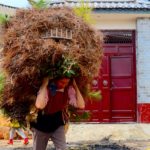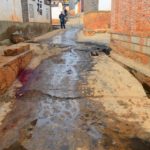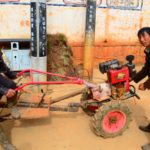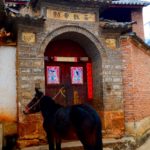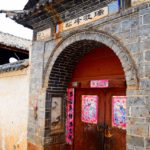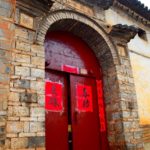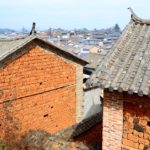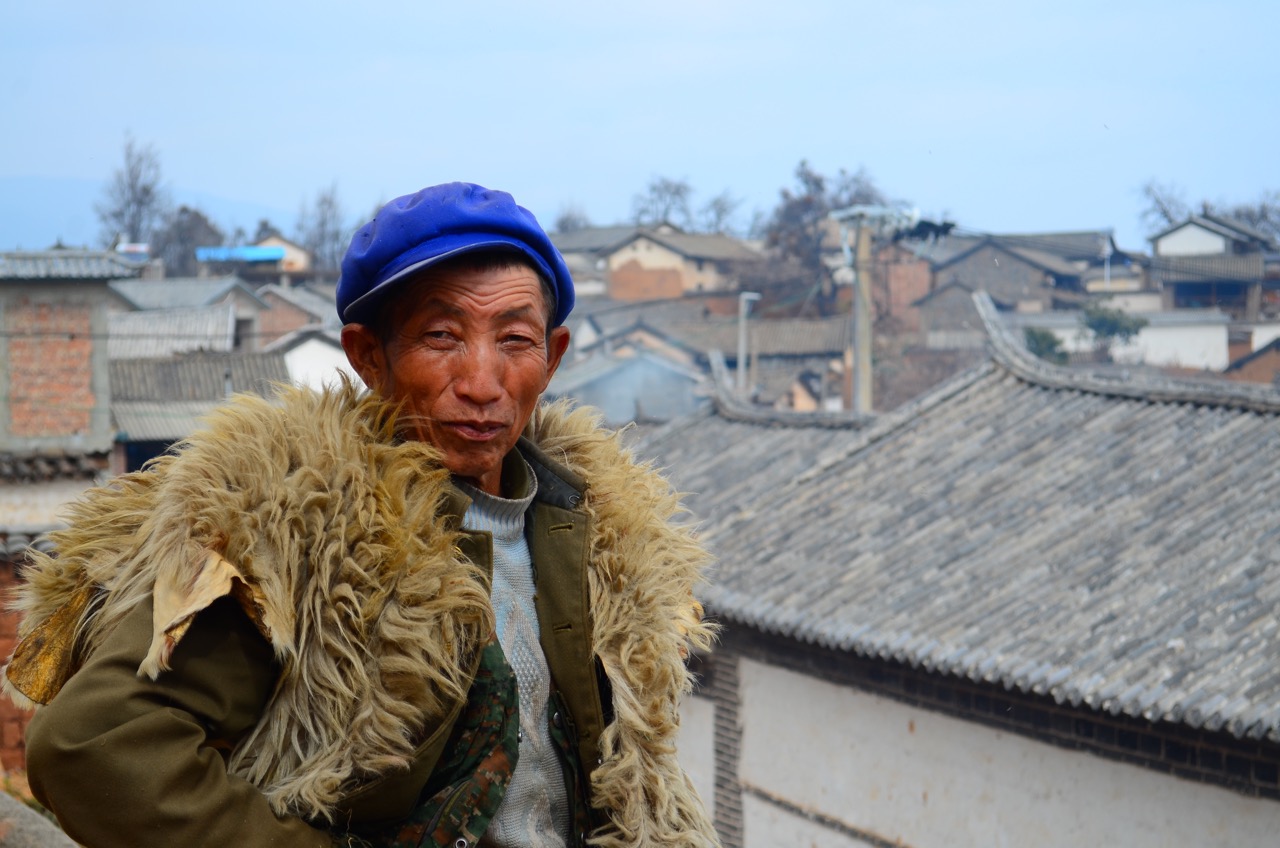 Ever wonder what life is like in a remote Chinese village? We had the privilege of visiting a village in the mountains last week. It was just a few days before the Chinese New Year and the day when most families in the village kill a pig in preparation for the new year. Our host (George) is from this village and we were invited (along with several other friends) to share the annual event and meal with him and his family.
Ever wonder what life is like in a remote Chinese village? We had the privilege of visiting a village in the mountains last week. It was just a few days before the Chinese New Year and the day when most families in the village kill a pig in preparation for the new year. Our host (George) is from this village and we were invited (along with several other friends) to share the annual event and meal with him and his family.
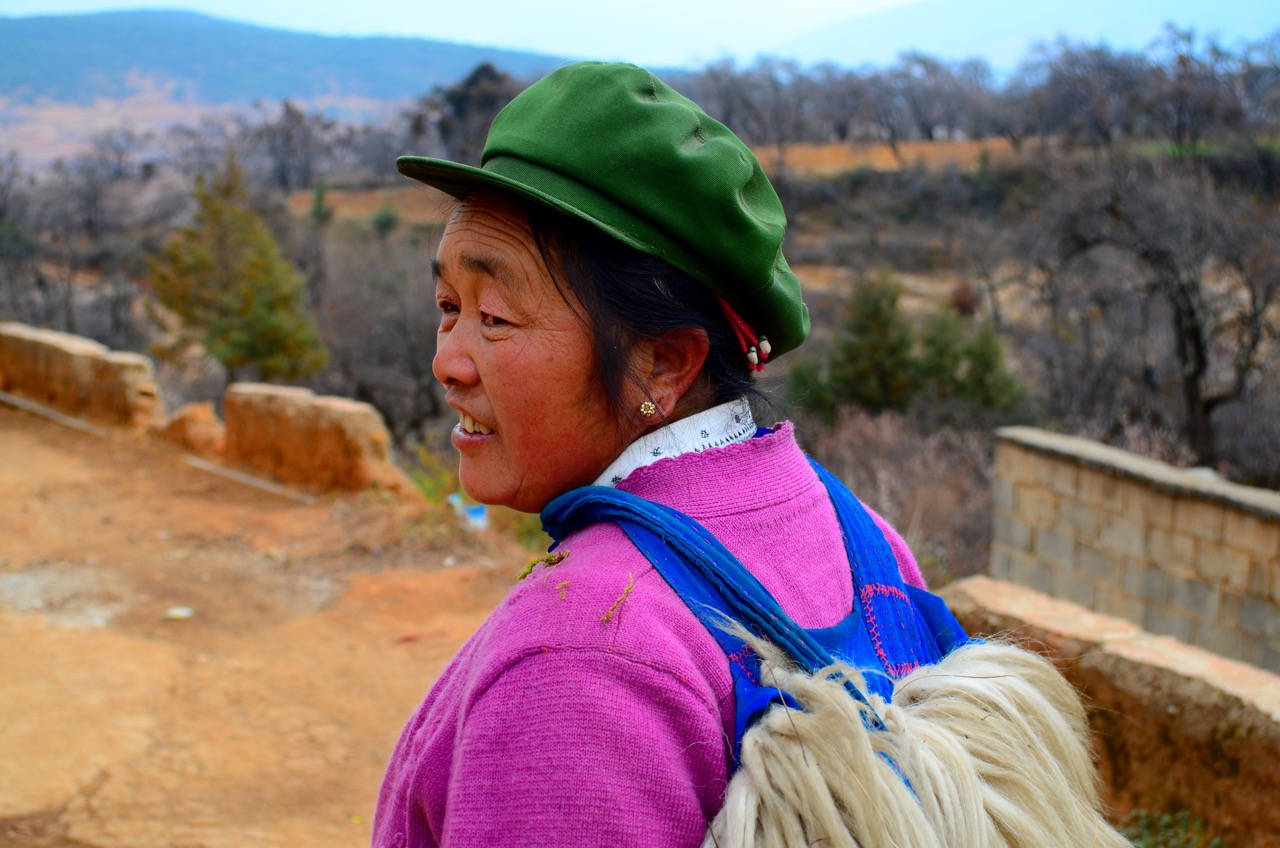
George comes from the Yi (pronounced “Yee”) people. The Yi are one of China’s ethnic minorities with their own culture and language. Getting to his village requires driving up a steep mountain road (with no guard rails) to the very top of the mountain where his village is located. Even after driving our own mountain road in Colorado hundreds of times, I must admit I found the occasional 1,000 ft + exposure a bit uncomfortable! This village has about 2,000 residents. Life here is very simple, and with the exception of electricity, smart phones, TV’s and several cars, life here does not appear to have changed much during the last hundred years.
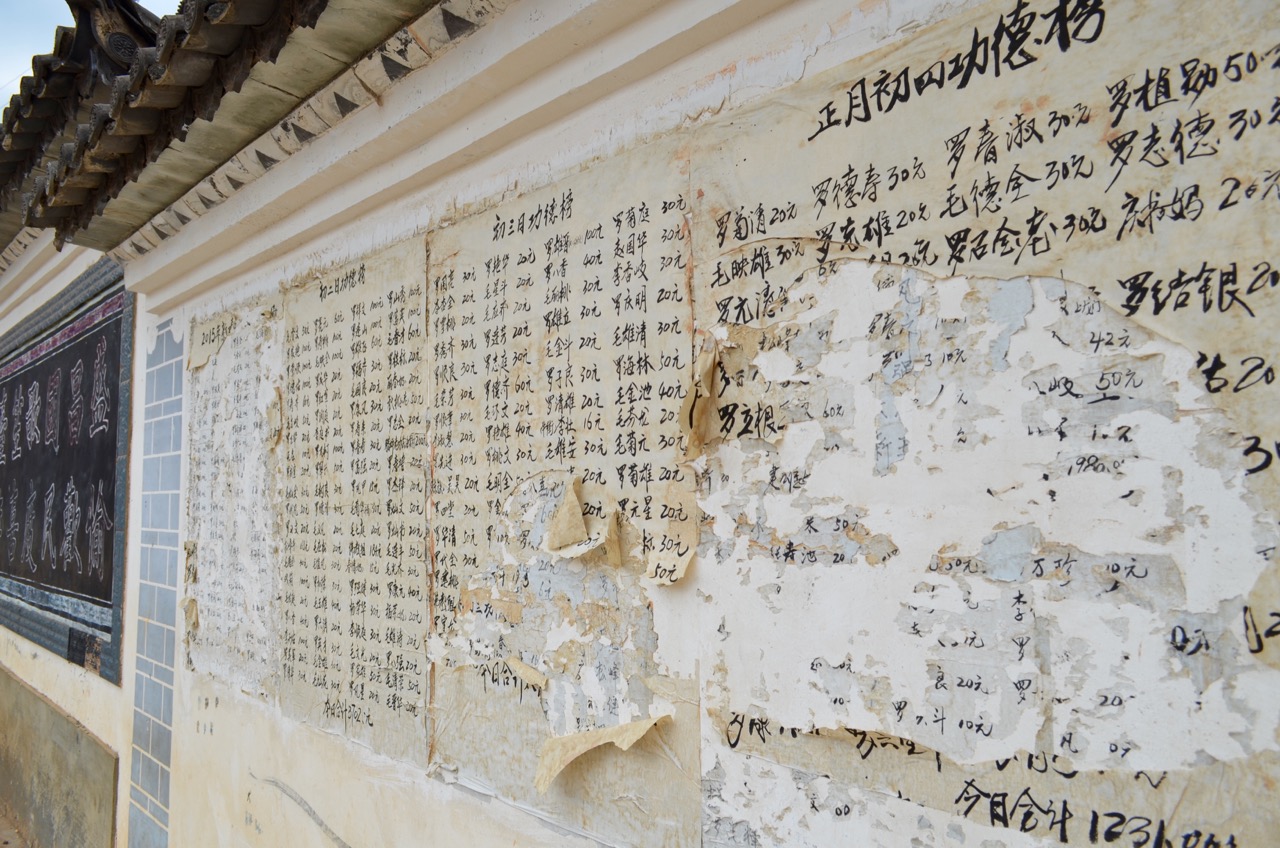
After tasting some raw pork from the freshly killed pig (a local delicacy), we went out for a walk through town where we saw many other pigs being killed, burned and prepared for the special meal. Our Buddhist friend, Jupiter, was not thrilled about all this animal killing, but he was a real trooper and never once complained – probably because he knew what he was signing up for in advance!
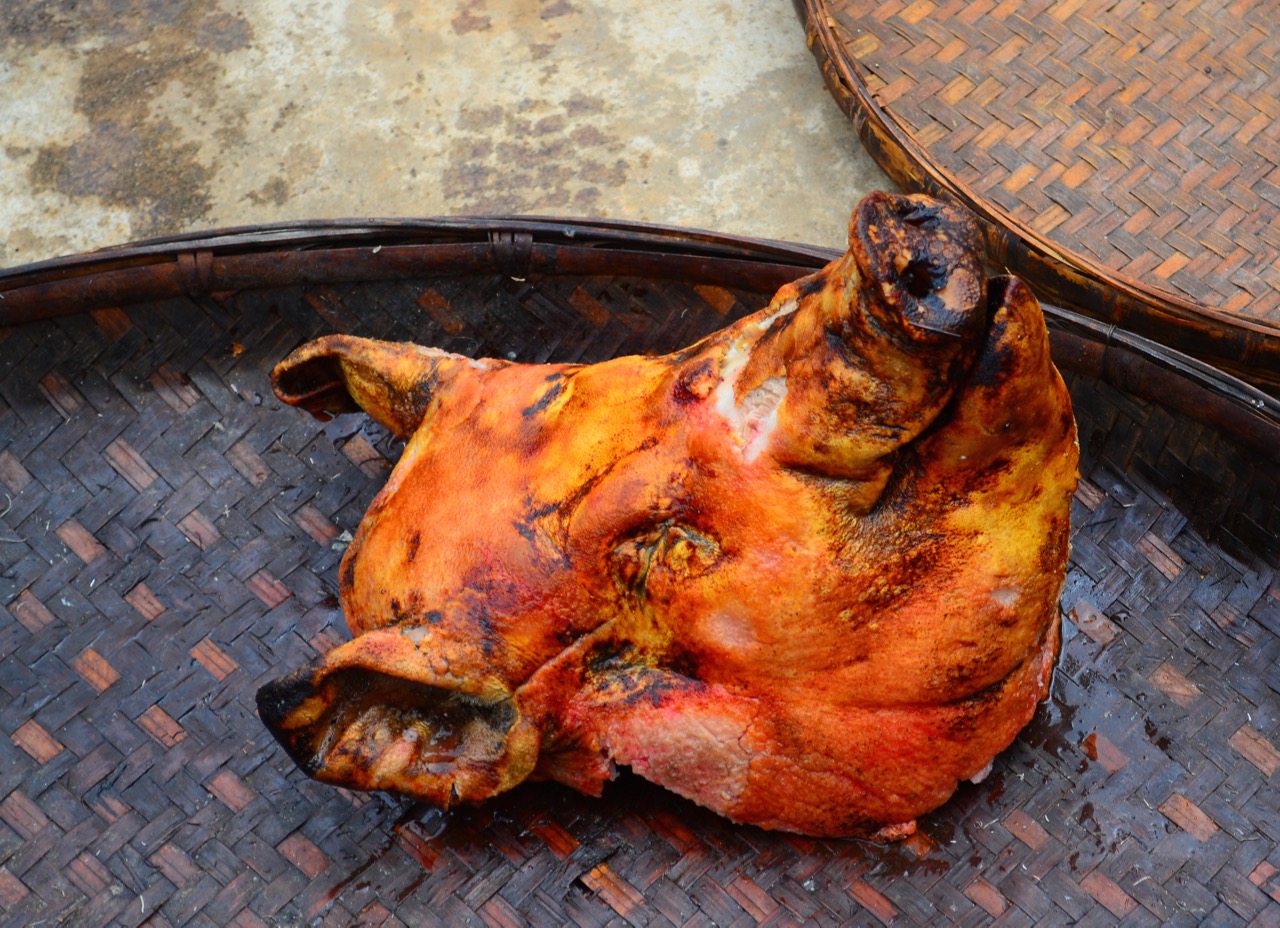
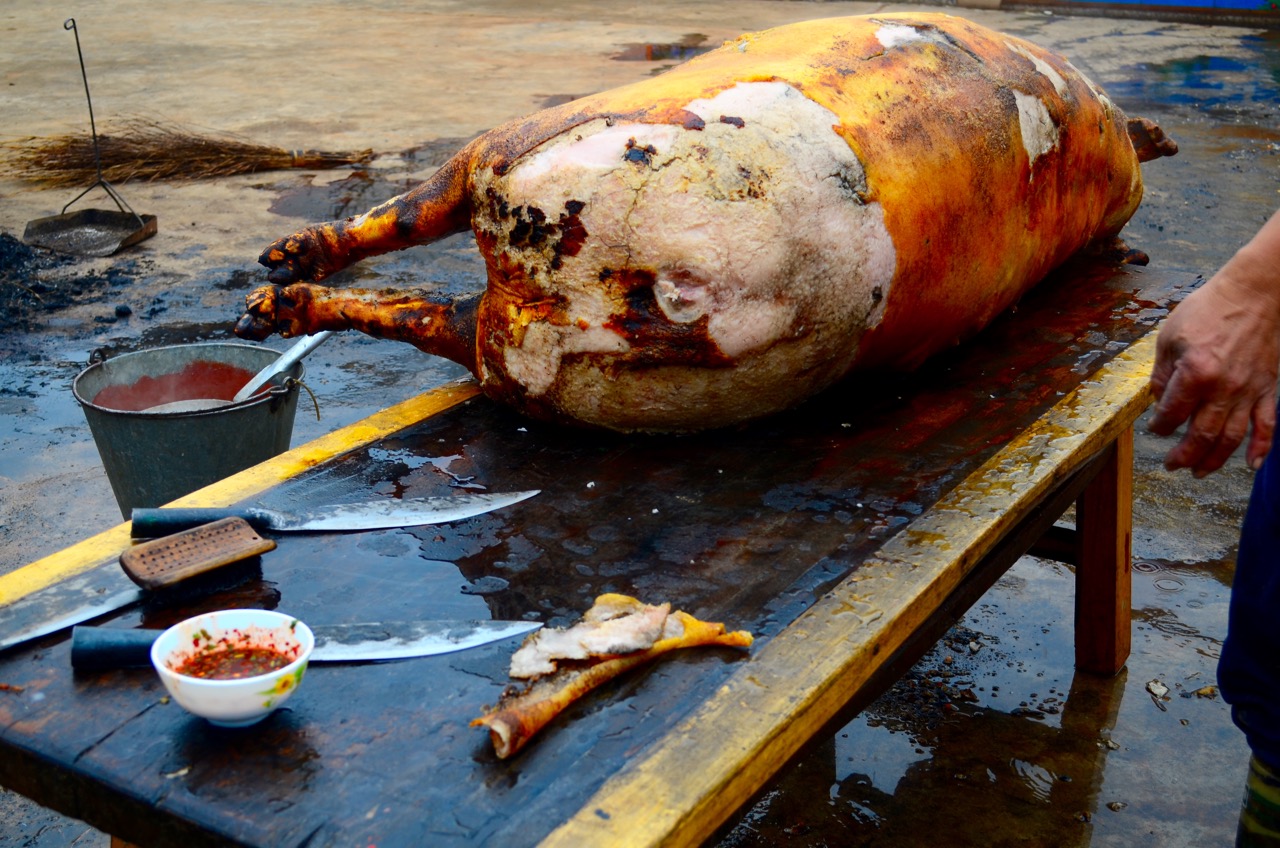
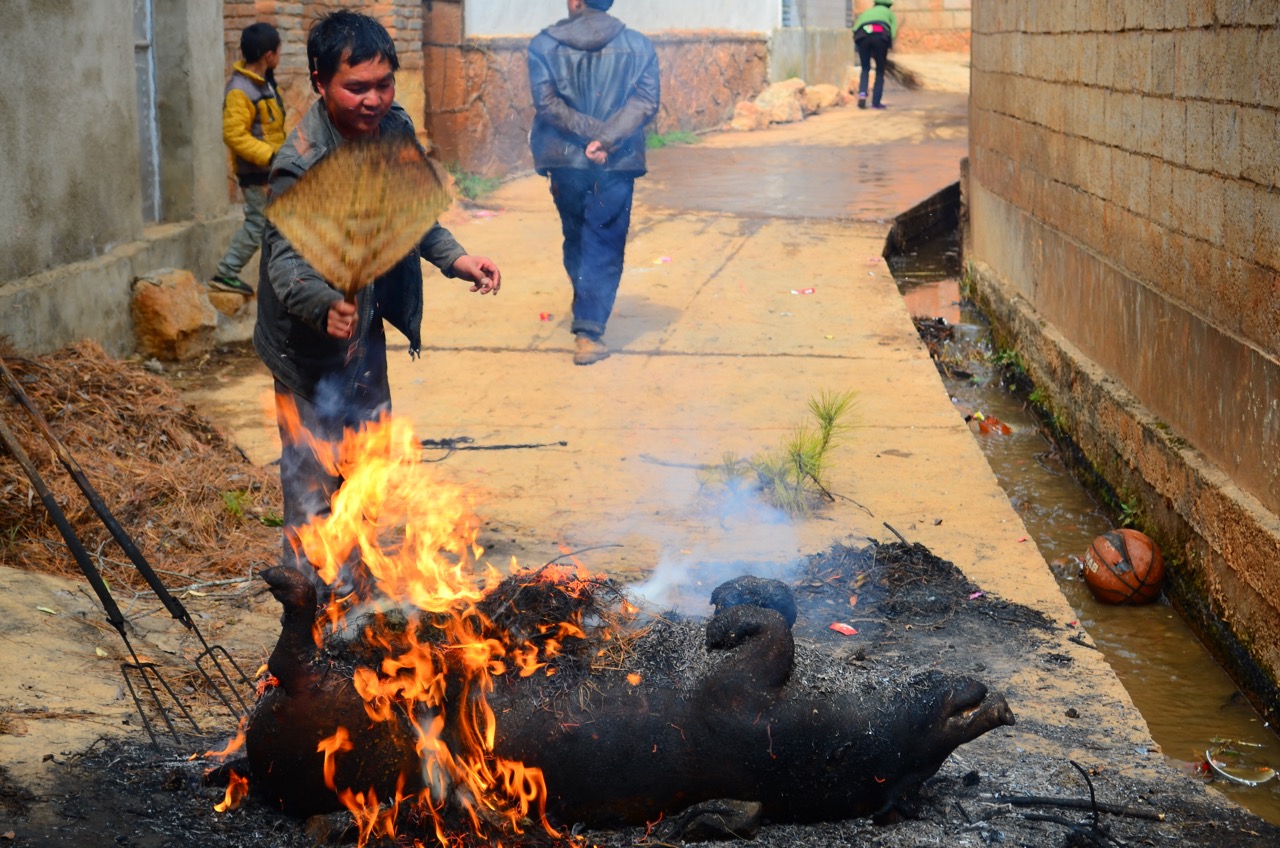
Historically, this annual event provided the only pig to be eaten by the family for an entire year, making this celebration extremely significant, including elements of ancestor worship that are still practiced to this day. Today’s increased affluence means that there should be plenty of meat throughout the year, so some of the freshly butchered pork is now shared with friends and family, while the rest of the meat is salted and dried for future use.
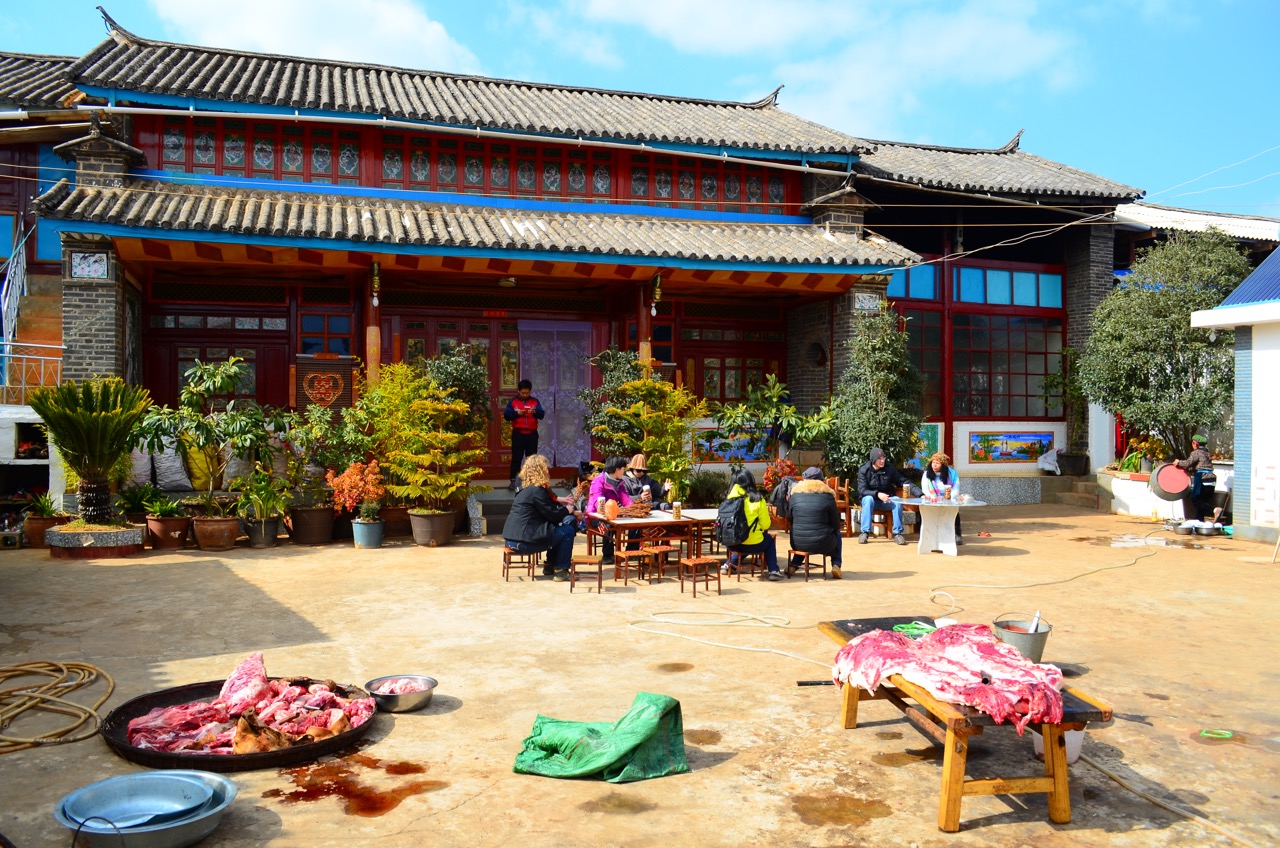
During our walk around town, we strolled through blossoming plum and pear orchards, for which this particular village is well known. These orchards provide the local villagers with a mechanism for generating revenue to purchase items beyond their immediate needs. Mules are an important part of this community as they are needed to haul the fruit from the orchards to the village roads for transporting down the mountain to local markets. Because the orchards are grown on mountain terraces, mules are much more practical than motorized vehicles for getting through narrow trails and gates to the source of the fruit.
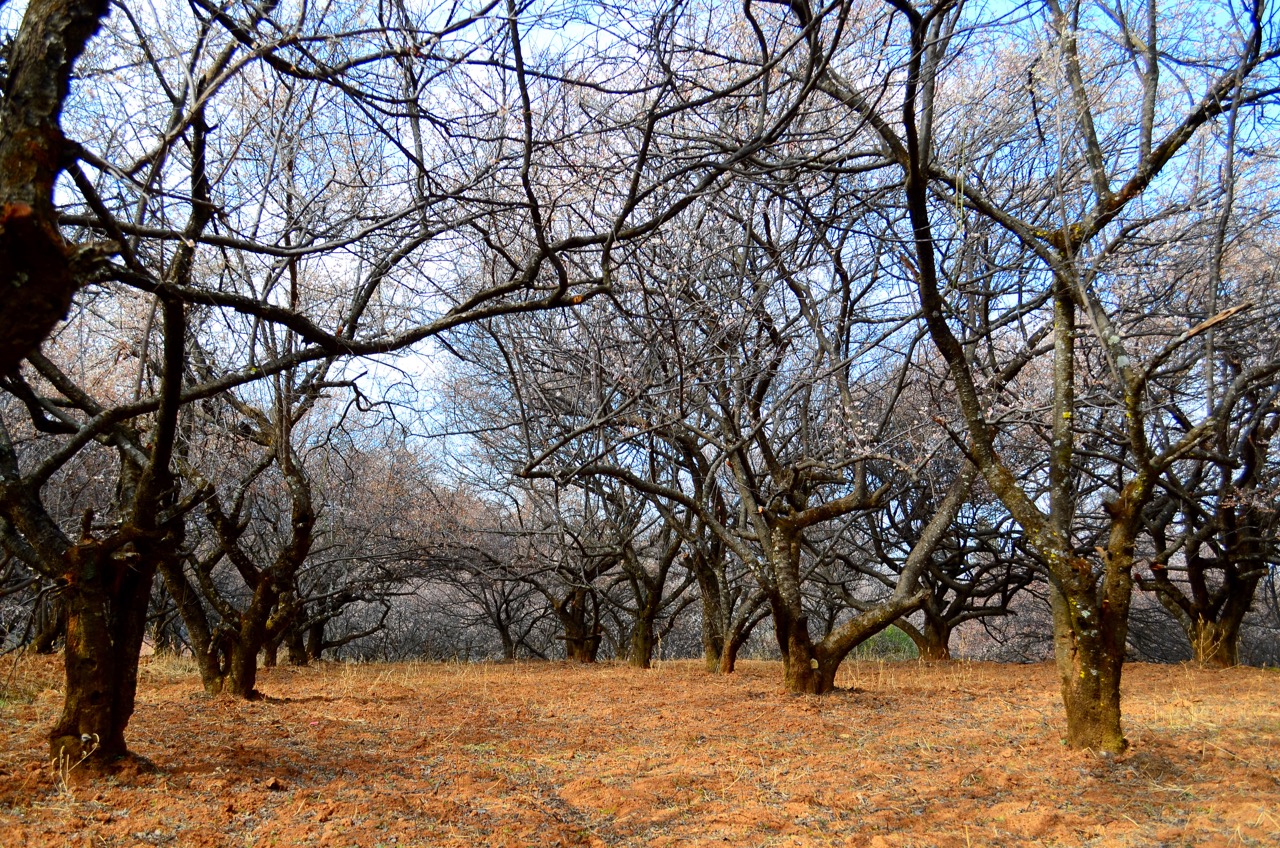
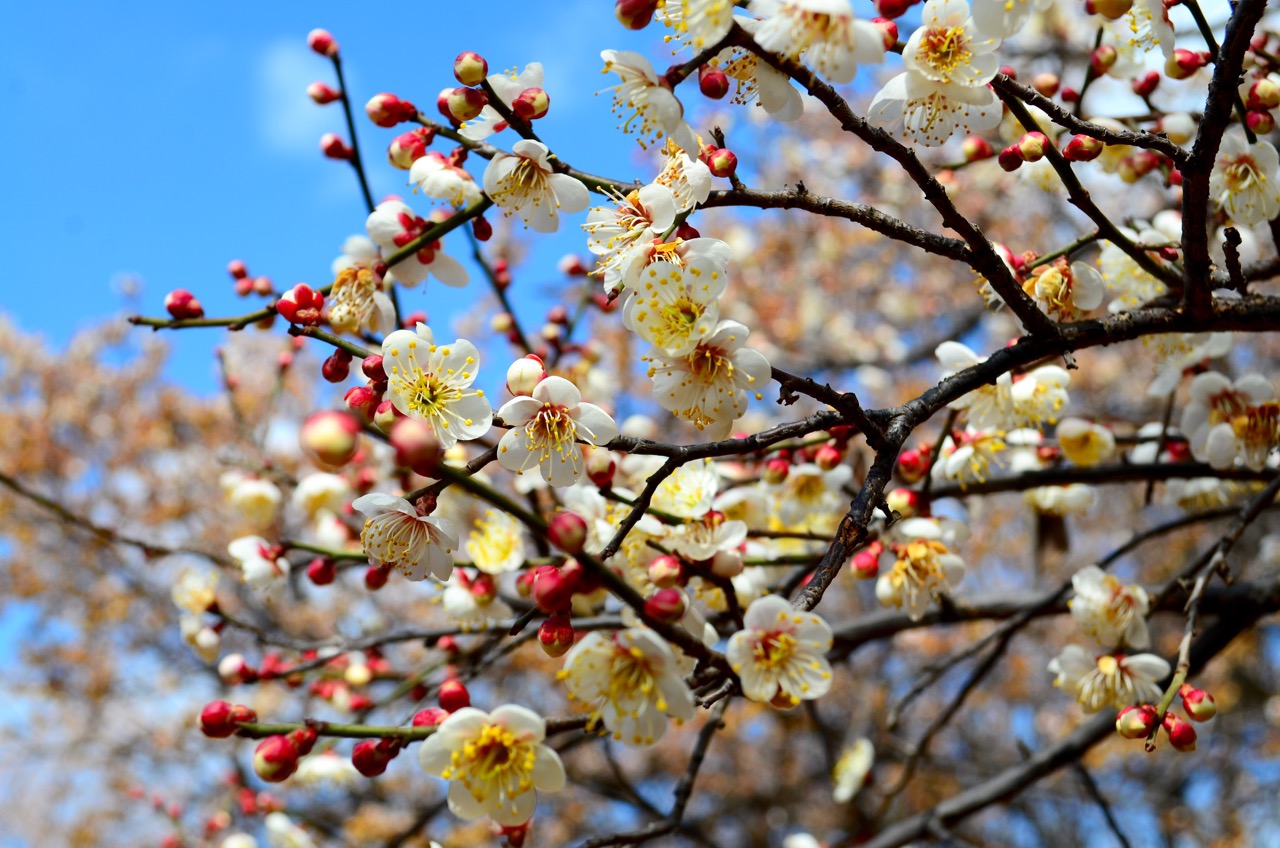
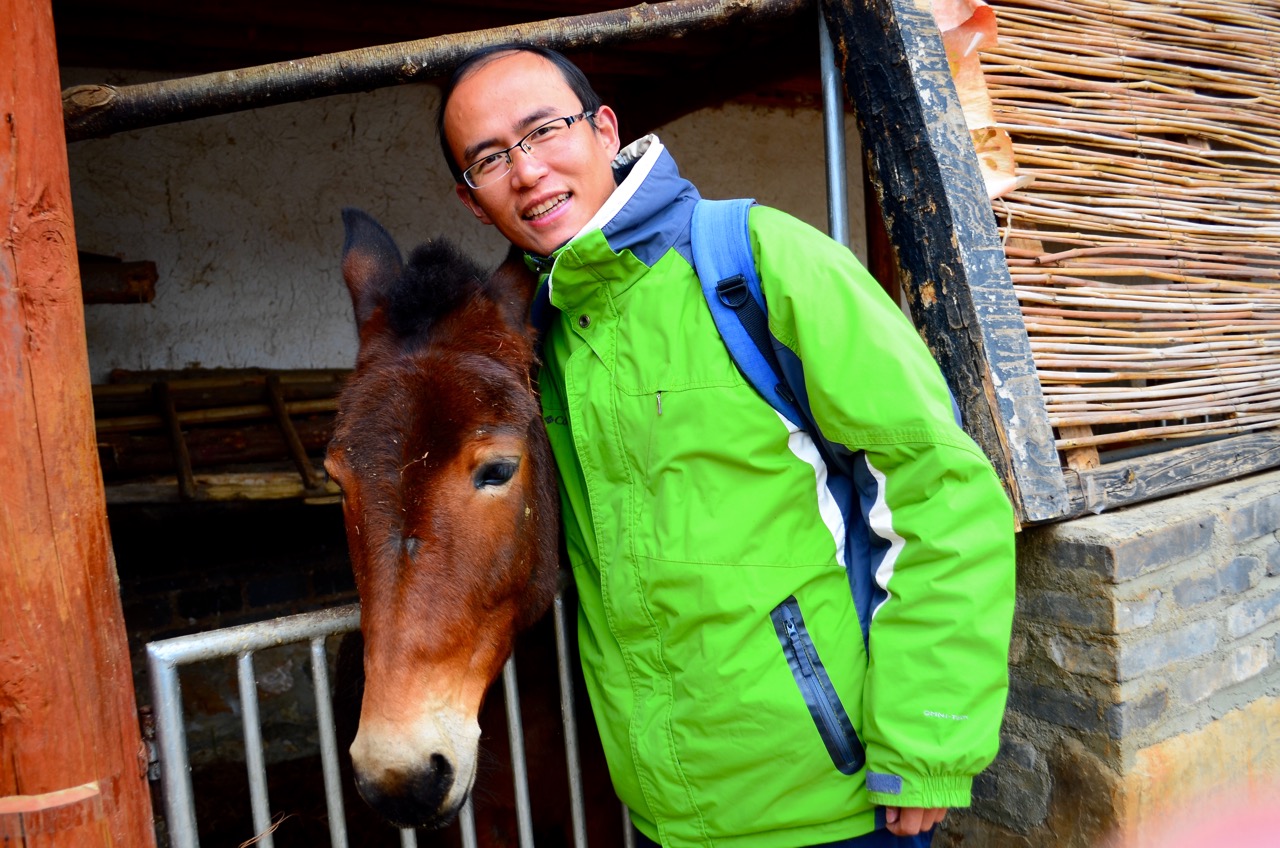
Superstition and legend are still alive and well in this village. While touring the village, George told us the story of his great grandfather (by marriage of an uncle). His ancestor was a famous bandit and village leader. Apparently, he was a bit of a “Robin Hood” and his legend is kept alive by his descendants who provide tours of his original home. There is even a local spring that is said to have first bubbled up after his death and continues to flow to this day, evidence of the (good) dragon spirit they believe was very strong in him. By contrast, he is reported to have had an evil brother who was a cannibal and threat to the village because of his (evil) wolf spirit. After listening to George tell us the story of these ancestors, it was evident that their “presence” in the village is still being felt to this day.
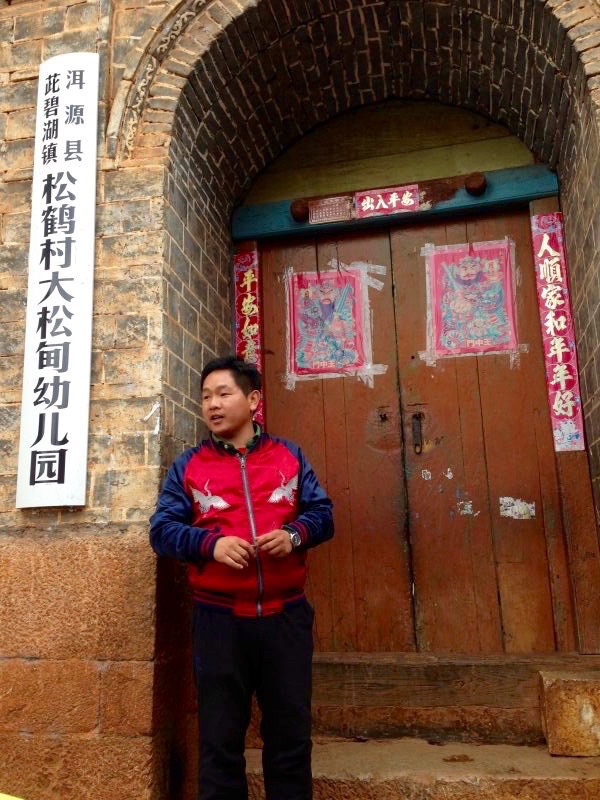
In some ways, life in this village seems picturesque and idyllic. On the other hand, the remoteness and harshness of the land and weather make these people very tough and resilient. At the end of the day, we were thankful for the warmth and friendliness of George’s village and neighbors, and the comfort of our own bed back home!
Just for fun: The following pic’s include some shots I found interesting re: the local architecture and village life:
Copyright © Kevin Beaty, YUNEV and “Feet on the Ground…”, 2016. All rights reserved.
